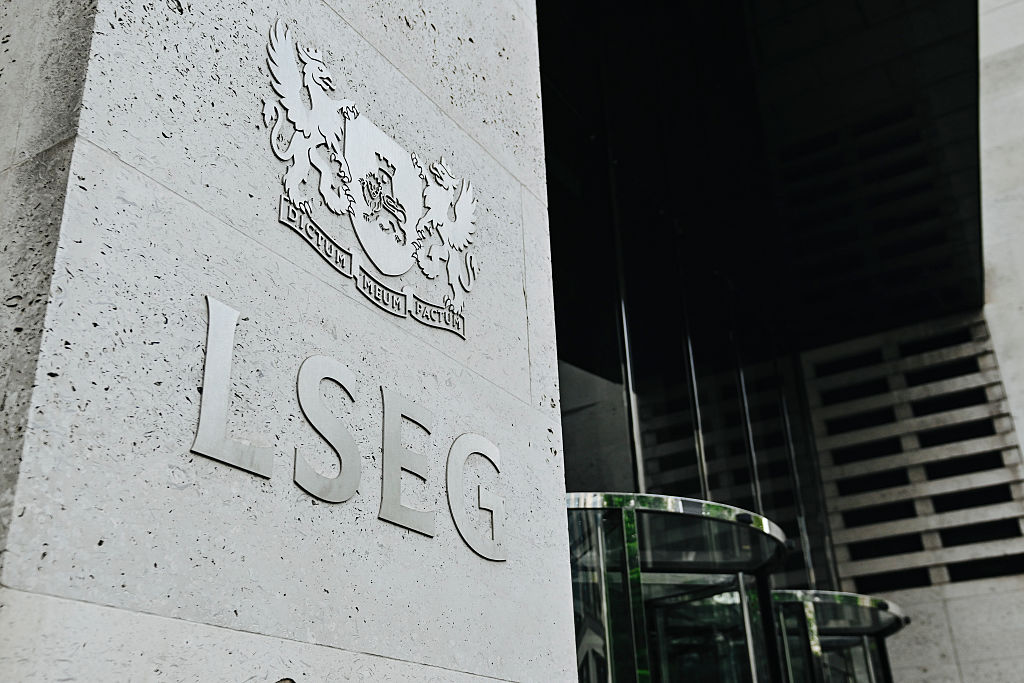The hidden gems on Aim, London's junior market
Aim, London’s junior market, is risky – but you can find solid stocks at low prices. Scott Longley reports.
London's Aim market had a grim end to the year.The FTSE Aim All-Share index peaked at just under 1,110 in the summer. Then, like most other global markets, itbegan a precipitous slide in early October, and closed2018 down 23%, at 850.Of course, the nature of Aim and its constituents (often young, high-growth, high-risk companies attracted by light-touch regulations) makes it prone to high-profile failures in risky sectors such as tech and resource exploration.
Yet the nastiest Aim surprises in 2018 did not come from these sectors. Bargain-booze retailer Conviviality went belly-up in spring last year after being hit with a "surprise" £30m tax bill.In October the Patisserie Valerie fraud began to come to light (see page 14). And near the end of the year, fashion group ASOS one of the UK's few genuine homegrown online leaders surprised the market with a profit warning.
Aim's IHT bubble
Yet while it's easy to blame the recent bout of queasiness on disaster stories, the reality, says Stephen English, head of Aim at Liverpool-based investment managers and stockbrokers Blankstone Sington, and manager of its Aim IHT portfolio, is that the retrenchment is simply due to the generally high valuations of many of the more attractive Aim stocks. Indeed, until October, it had been possible to talk about an Aim bubble of the kind witnessed at the turn of the millennium. On this occasion, rather than the mania for technology stocks, enthusiasm for Aim had been driven by one key thing: inheritance tax (IHT). About a third of all Aim-listed companies are thought to qualify for business property relief (BPR), which in turn means that investors in those companies can receive reliefon IHT.
MoneyWeek
Subscribe to MoneyWeek today and get your first six magazine issues absolutely FREE

Sign up to Money Morning
Don't miss the latest investment and personal finances news, market analysis, plus money-saving tips with our free twice-daily newsletter
Don't miss the latest investment and personal finances news, market analysis, plus money-saving tips with our free twice-daily newsletter
Looking for hidden gems
English points out that certain companies flooring specialist James Halstead, wine retailer Majestic Wine and pub group Young & Co are three popular examples have what might be termed "exalted valuations" in part caused by the rise of Aim IHT portfolio services. As a result, the potential for the IHT rug to be pulled from certain stocks has already caused some instability in share prices. Fears that the chancellor would adjust the rules on BPR and Aim in the November Budget proved unfounded, but lingering fears remain that the Treasury might use the current tax simplification report which is due in the spring as an excuse to tinker. Gervais Williams, fund manager at Miton, notes such changes could hurt. "Longer term, the IHT market has been very helpful in keeping Aim viable."
Yet if investors are willing to seek opportunities away from the IHT spotlight then this effort will often be rewarded, says English. Analyst coverage of smaller companies is thin on the ground, partly due to the introduction of Mifid II regulations last year (which made the cost of research more transparent and thus harder to sell). Yet if fewer analysts are paying attention to a stock it should mean more opportunity to uncover hidden gems. Below are three stocks that English favours.
Three appealing Aim stocks
Driver Group (Aim: DRV)
Driver Group provides resolution services for handling disputes between clients and contractors on projects that have gone bad through cost overruns, delays or poor workmanship. Under previous management the company had struggled to get paid for work it had done. But a new team came in, raised money, and embarked on a turnaround. Pre-tax margins should rise closer to 10% from 6% last year, as it focuses on higher-margin work. The dividend has just been reinstated, and is covered seven times, giving plenty of room for growth.
For 2020, the shares trade on a single-digit price/earnings (p/e)ratio backed by £7m net cash on the balance sheet, and given the type of work it performs, the company should be resilient throughout the economic cycle.
Strix (Aim: KETL)
Pick up a kettle and look underneath chances are you'll see the word Strix. Strix is a global leader in the design, manufacture and supply of kettle safety controls, with a 38% market share. It has lots of scope for growth as more Americans take up the tea-drinking habit (market penetration of kettles in the US is just 15%, compared with 100% in the UK). Strix is automating more of its manufacturing to maintain its gross margins of 40%. It strenuously defends its patents and has even won cases in China, where it recently
forced an infringing manufacturer to cease using copycat controls and to fit Strix's own instead. On a p/e of below ten and a yield of more than 5%, the shares look good value.
Curtis Banks (Aim: CBP)
Curtis Banks provides pension administration services, mainly for self-invested personal pensions (Sipps) and small self-administered pension schemes (SSASs). Its business model is simple, scalable and sustainable. Rather than charge a percentage fee based on the value of a Sipp's assets (like most financial firms), it instead charges a fixed annual fee that rises with inflation. It can be viewed almost as an index-linked annuity
(as long as the assets remain under its administration, of course). With net cash on the balance sheet and operating margins that look set to rise towards 30%, we see long-term value in the shares, which trade
on 14 times forward earnings and yield 3%.
Get the latest financial news, insights and expert analysis from our award-winning MoneyWeek team, to help you understand what really matters when it comes to your finances.
-
 London Stock Exchange gets go-ahead to run Pisces private stock market
London Stock Exchange gets go-ahead to run Pisces private stock marketThe Pisces market will allow investors to buy and sell shares in private companies. But how will it work, when will it launch, and who is allowed to use it?
-
 James Halstead is a family firm going cheap but should you buy?
James Halstead is a family firm going cheap but should you buy?James Halstead will rebound from a weak patch, while tax changes would be a buying opportunity
-
 Aim ISAs celebrate their 10th anniversary: which stocks have performed best?
Aim ISAs celebrate their 10th anniversary: which stocks have performed best?We look at how Aim ISAs work, how the alternative investment market has changed over the past decade, the most popular stocks - and which ones have performed best.
-
 Small companies with big potential
Small companies with big potentialMichael Taylor of Shifting Shares reviews his 2023 picks and highlights more promising minnows.
-
 Look beyond the blue chips for the best bargains in British income stocks
Look beyond the blue chips for the best bargains in British income stocksTips A professional investor tells us where he’d put his money. This week: Chris McVeyof the FP Octopus UK Multi Cap Income Fund highlights three favourites.
-
 4 small tech stocks for your portfolio
4 small tech stocks for your portfolioTips The UK market has never been considered a fertile hunting ground for tech stars. But there are plenty of promising companies beyond the old economy, says Michael Taylor of Shifting Shares
-
 3 shares to buy yielding as much as 7% to lower your IHT bill
3 shares to buy yielding as much as 7% to lower your IHT billTips Chris Boxall of Fundamental Asset Management highlights three high-yielding shares to buy that could help lower your IHT bill.
-
 Argentex: opportunities for investors after temporary setback
Argentex: opportunities for investors after temporary setbackTips Currency-exchange specialist Argentex has missed expectations, but growth should resume next year, says Bruce Packard.

